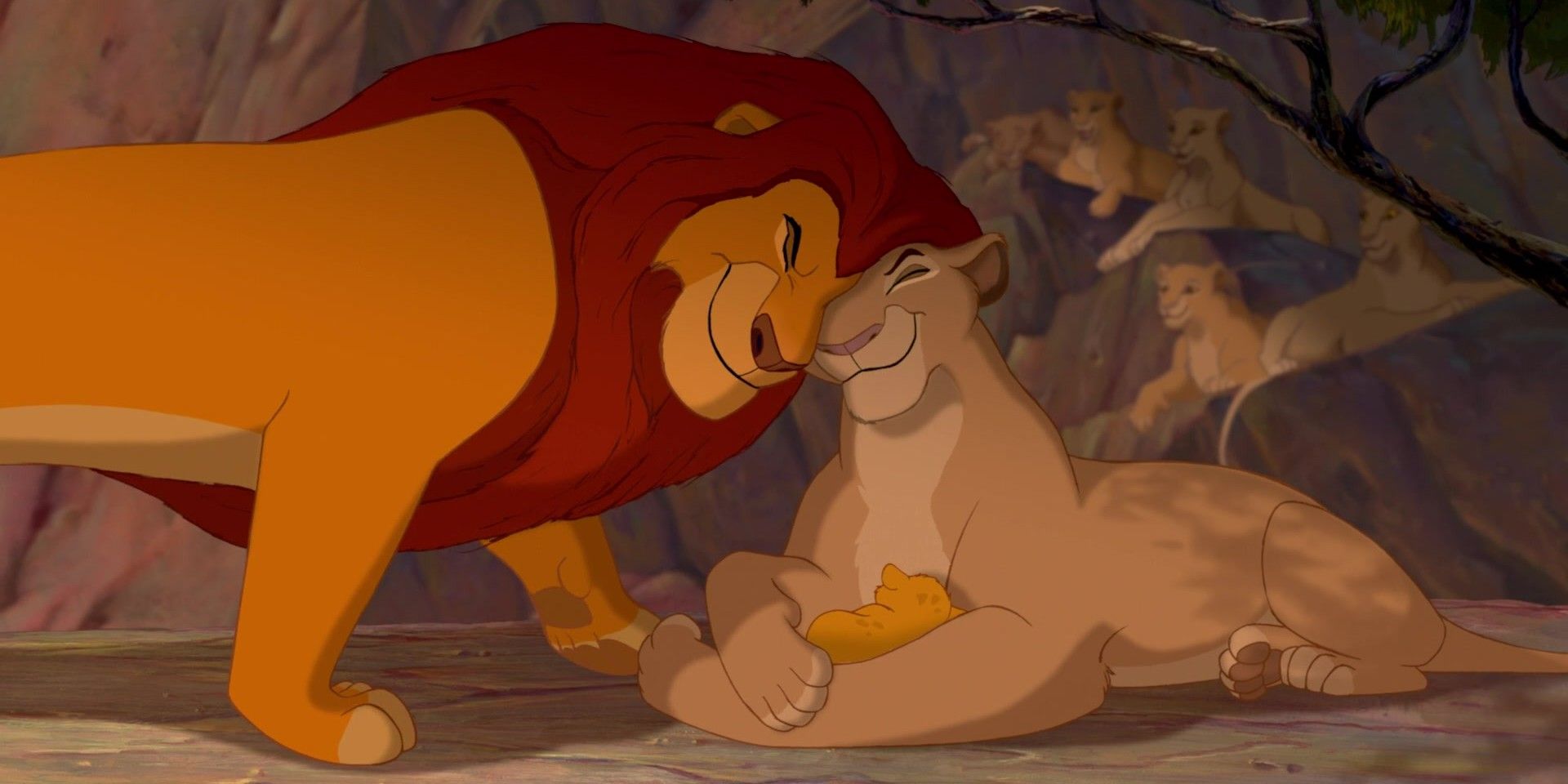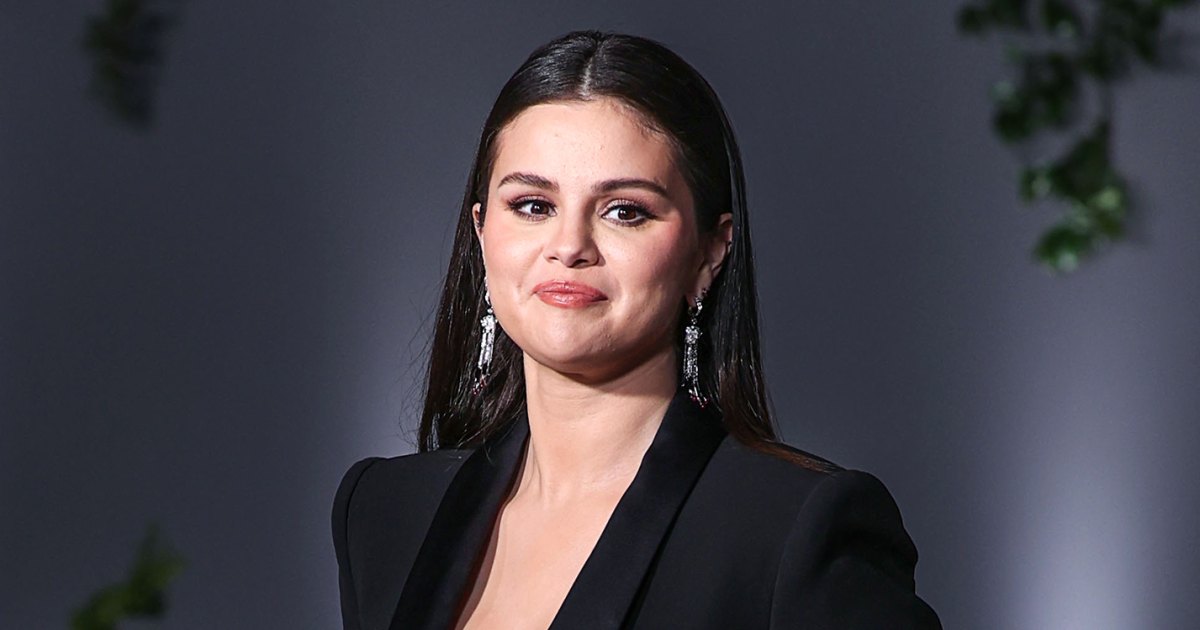
Unveiling Uber's Effective TikTok Creator Strategy: Going Beyond Superficial Metrics

Discover how Uber's TikTok creator strategy propelled their brand to over 750,000 followers in just one year Get insights from Phil Rosario, Uber's global social media lead, on leveraging creators and igniting growth
Uber recognized TikTok's enduring popularity and made a strategic decision to join the platform last summer. In preparation for their entrance, they hired Phil Rosario as their first dedicated team member for TikTok several months in advance. Rosario quickly got to work developing a playbook that aimed to not only tap into TikTok's extensive audience but also foster a sense of community around relatable moments such as ordering takeout or finding a ride home. According to Rosario, it was essential for Uber to be on TikTok not only to be a part of the cultural conversation but also to engage with audiences in a way that is unique to the platform and create a community based on the relatable experiences people have with Uber products.
Following its TikTok debut in May last year, Uber has gained over 750,000 followers and more than 35 million organic video views within a year. This success is attributed to a well-executed creator strategy, developed with the assistance of the creator management platform Grin. In September, Uber teamed up with Grin, as at that time they had achieved over 400,000 TikTok followers while Rosario handled content creation alone. This collaboration allowed Uber to expand their talent pool and nearly triple their content output. Apart from Uber, Grin has also collaborated with brands like Skims, Liquid I.V., and Macy's.
Rosario stated, "My goal was to introduce new faces, but since I was the only person dedicated to TikTok at Uber, I knew I had to find an efficient way to do that. After working with Grin for three months, I was able to introduce five new faces to the account within just one month, and have continued to introduce even more since then."
Uber's TikTok account now has nearly 1 million followers and utilizes a mix of content from both Uber and creators to promote its complete suite of services, including their rideshare and food delivery divisions. In order to effectively manage content, Rosario limits his collaborations to no more than six creators at a time, allowing for stronger relationships and mutual attention. "It's crucial to ensure that these creators receive the same level of attention from me as I receive from them," expressed Rosario. "I prefer it to feel like an ongoing partnership."
Rosario emphasized the importance of using a creator management platform to foster strong relationships with creators. Grin, a platform with features such as streamlined communication and payment processing, eliminates the need for an agency as an intermediary. This eliminates potential complications that arise when working with multiple stakeholders and multiple rounds of review. As a result, Rosario can swiftly produce content, often within a 24-hour timeframe.
Striking a match
Uber's TikTok creator strategy revolves around a meticulous selection process undertaken by Rosario to choose creators to collaborate with. A crucial criterion for selection is that the creators either already have content related to Uber or UberEats, or they have shared content that aligns with the brand's promoted lifestyle. The executive emphasized that diversity, encompassing both demographics and tones, holds paramount importance in this process.
"What Phil has accomplished, which I find highly intelligent and aligned with TikTok's success, is the establishment of a vibrant community filled with captivating and welcoming characters that naturally attract and retain people," expressed Ali Fazal, Grin's Vice President of Marketing.
In order to adopt a more inclusive approach, Rosario actively seeks out creators who excel in various content formats and styles, as well as those who consistently create evergreen posts that resonate strongly. This ensures that the brand does not solely focus on trend-related content. Furthermore, the executive places less importance on vanity metrics, such as follower count, which often favors non-diverse creators, according to Fazal. Instead, creative output takes priority. Additionally, follower count becomes less significant as the content produced by creators for Uber is only shared on the brand's platform, rather than the individual creators'.
"It's recognizing the potential of their content to effectively convey the Uber story and having the ability to look beyond mere numbers," expressed Rosario.
According to Rosario, creators who exhibit enthusiasm for establishing a long-term partnership are crucial. This kind of relationship can help identify valuable content opportunities. As an example, in April, the brand extended its ongoing partnership with one of TikTok's Effect House creators, Laura Gouillon. Together, they created a personalized effect for Uber called "Which Uber ride are you," a quiz that engages users by asking about their preferences and promotes the company's services. Overall, the effect resulted in over 2,000 user-generated posts.
Consumers' positive sentiment towards the brand's TikTok presence has consistently grown as they interact with the brand's content, according to Rosario. This success has been observed from a qualitative perspective. Fazal emphasized that Uber's efforts to establish a seamless partnership experience are crucial in ensuring that the brand is well-regarded by creators. He compared it to the impact of employees' reviews on Glassdoor for a company's ability to attract new talent.













